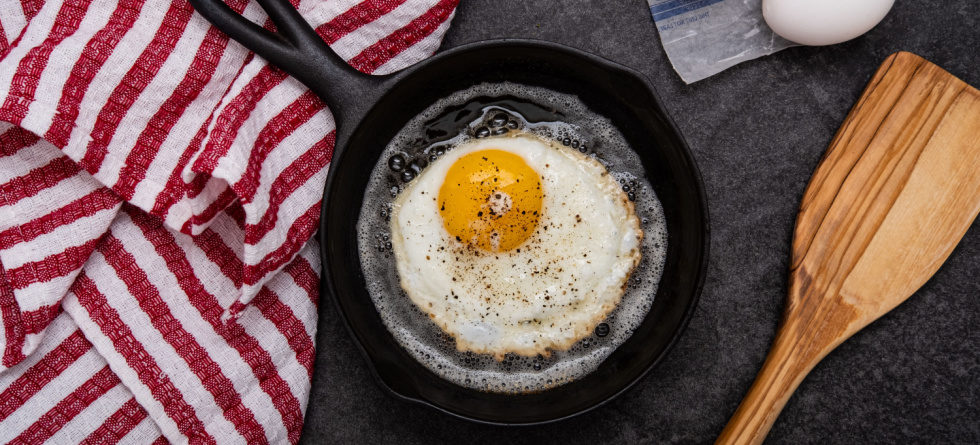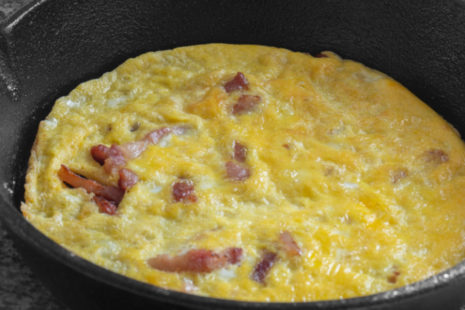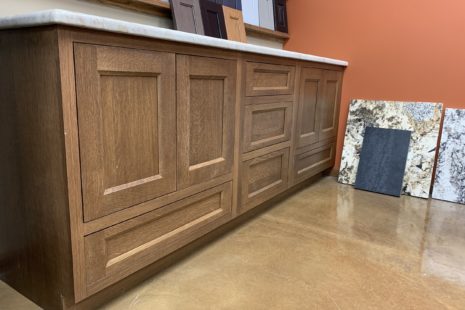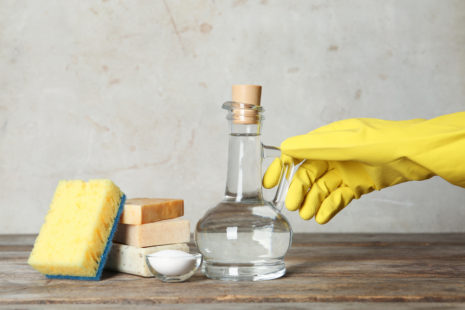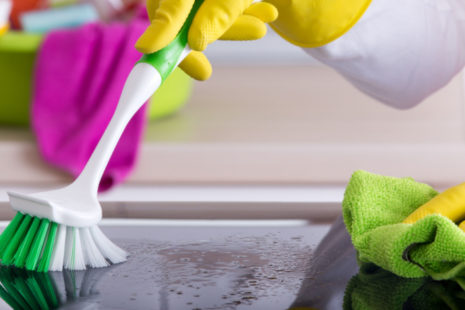In short, you can but it’s not always a great idea. To understand better why it’s important to know a bit about quartz countertops. Quartz is comprised of around 90% quartz minerals that are mixed up with around 10% of resins and polymers. This mixture is then poured into a slab and cured at around 180 degrees Fahrenheit. The curing process is what develops the heat, scratch, and stain resistance of quartz countertops. Once they are installed in your home, they will be able to withstand temperatures of about 300 degrees Fahrenheit. Anything higher, and those resins binding the quartz together can alter their chemical states and begin to change the look of your quartz.
What you’ll likely see is a ring left behind from the bottom of a hot pot placed directly on the countertop that leaves the quartz underneath a darker or duller color. It’s also important to keep in mind that while quartz can take temperatures up to 300 degrees Fahrenheit, they aren’t supposed to change temperatures too quickly. This “thermal shock” happens when a cold (or room temperature) section of quartz immediately jumps to a much higher temperature from having a hot object placed on it. This can damage the look of the quartz, and in extreme circumstances even crack your
countertops.
In order to protect your countertops, use hot pads, trivets, heat mats, or towels whenever you are placing hot pans or trays onto the countertop. A few other practices can help keep you in the habit of minding the heat: place the hot food into serving dishes instead of setting the hot pan on the counter. It’s also a good idea to keep your sink empty so that you can set the hot dishes there instead of being tempted to just let them sit on the counter next to the sink. But don’t forget about bathroom countertops and let a hair curler sit on them either! Make sure you have something to protect all your quartz countertops, whatever room they may be in.
